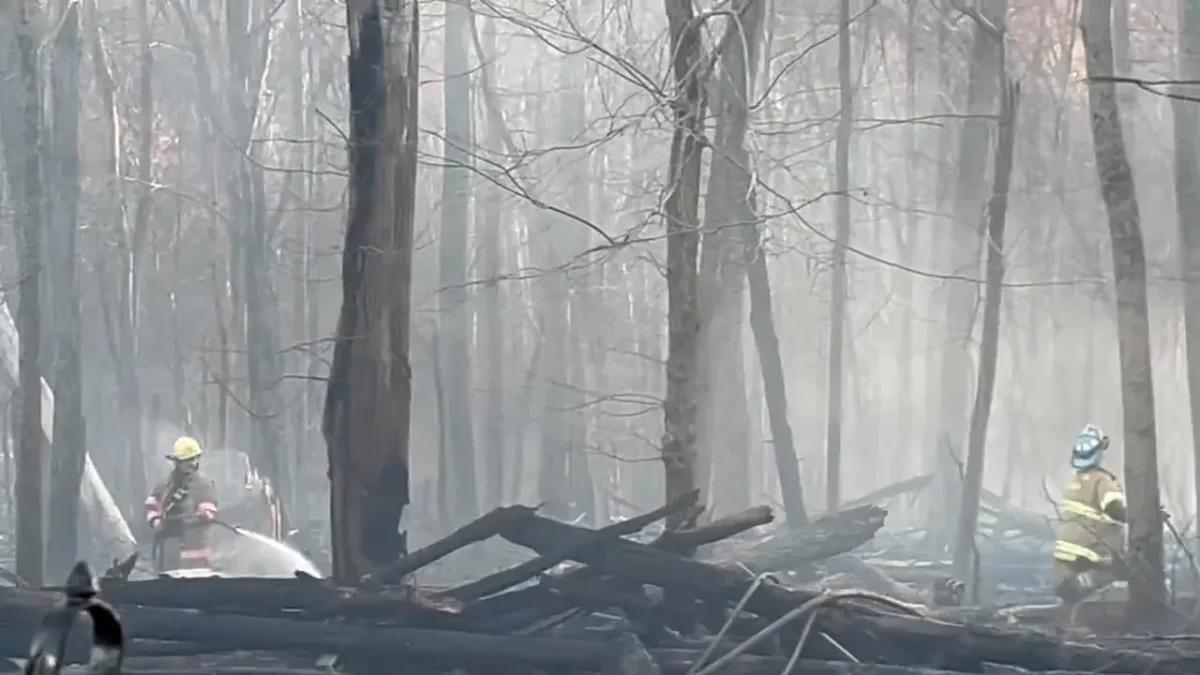On Wednesday, March 20th, a brush fire broke out in numerous areas in the DMV including the following: Shenandoah and the Shenandoah National Park, Quantico, Route 1, and more. By late Wednesday night and Thursday afternoon, the fires had spread to include Capital Beltway, and Charlottesville.
The US National Weather Service Baltimore MD/Washington DC states that the reason for the fires are low humidity, strong winds, and dry fuels. Red alerts were sent out from Wednesday morning to Thursday night to numerous counties, and while some have dropped, others are still active.
The fires affected hundreds, some hitting houses, powerlines, and affecting traffic. An employee of the National Academy of Sciences in DC, Jessica Bennett, takes the train to and from work Tuesdays and Wednesdays. The usual trip is about an hour and a half, however due to the fires, that trip extended to 3 hours.
“We were stopped between stations once we got to Quantico for about an hour and 30 minutes, and then took another 15 minutes to get to our next stop when released. ” she says.
Until the train started to move, no passengers could see smoke. They did however, get a glimpse of the remnants of a brush fire on the left side of the train.
On Thursday, March 21st, Augusta, Page, and Shenandoah counties closed schools due to the fires. The following day, surrounding counties were issued an Air quality alert by the NWS Baltimore MD/Washington DC, effective from the 22nd until further notice.
The Fredericksburg/Culpeper area also got this alert, as smoke could be seen outside. Stafford schools weren’t under any possible cancellation because of it however, which included sports and other after-school activities. A member of the soccer team, Kaitlyn Halepaska, commented,
“As an asthmatic it would have been a better idea to cancel practice. I could smell it when I went outside, and I remember that day I was weirdly winded, more than usual.”
As of Monday, March 25th, all fires in Maryland have been contained. Virginia fires are lessening, but still active. There are still a couple of “hot spots”, or areas where fires are likely to occur, right off Virginia’s borders according to USA Today’s US Wildfire Map.


